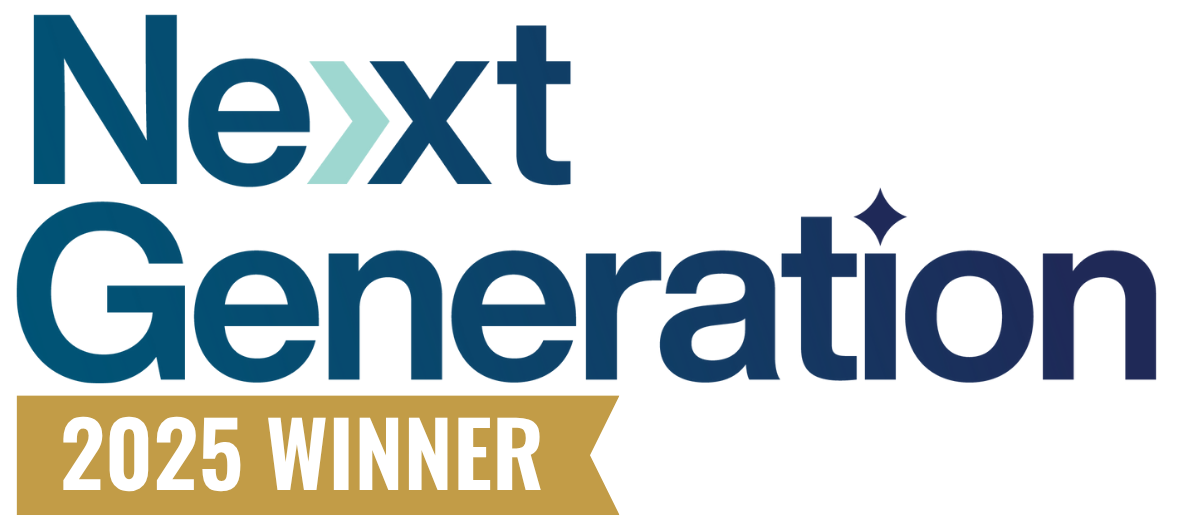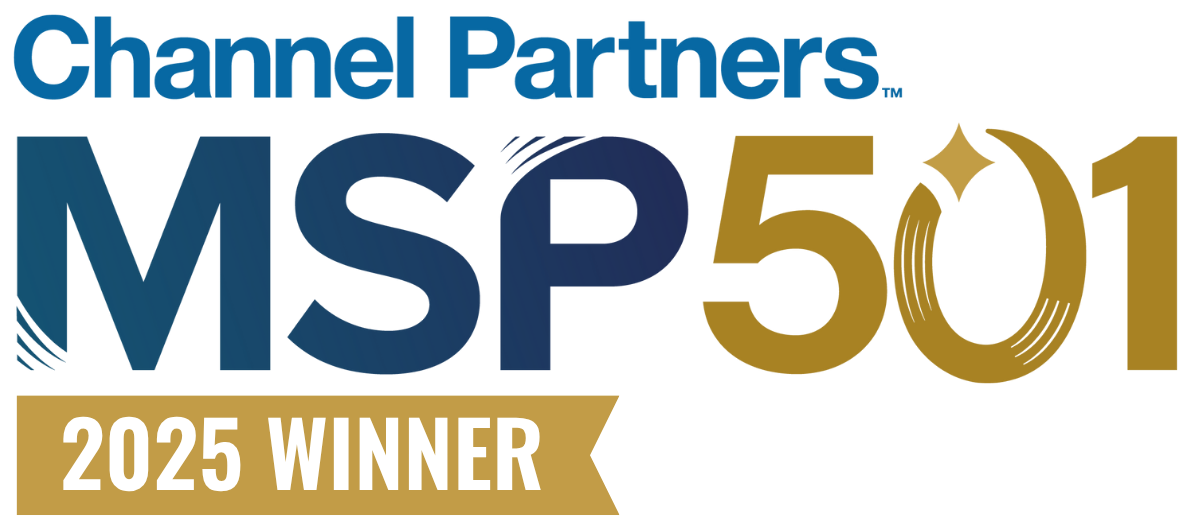What are the HIPAA requirements for digital fax systems?
HIPAA requires digital fax solutions to meet three categories of safeguards:
- Technical (access controls, encryption, and audit trails)
- Administrative (business associate agreements and workforce training)
- Physical (secure data storage and workstation controls).
When healthcare professionals think about faxing medical records, many still envision bulky traditional fax machines, paper trays filled with sensitive documents, and the constant hum of printers throughout medical practices.
But today, relying solely on physical fax machines isn't sufficient to meet stringent compliance standards—particularly when it comes to HIPAA (Health Insurance Portability and Accountability Act) regulations that govern how healthcare providers handle protected health information.
The critical question facing healthcare organizations today is whether digital fax solutions can truly be HIPAA compliant. The answer is yes—but only when these online fax services are properly implemented with comprehensive security measures and administrative safeguards.
Understanding how HIPAA-compliant digital fax systems work, why traditional fax machines often fall short of federal law requirements, and how human factors influence data security is essential for any healthcare organization seeking to modernize its fax communications while maintaining regulatory compliance.
Key Takeaways
- Traditional fax machines expose your organization to HIPAA violations through unencrypted transmissions, automatic paper output, and lack of access controls that federal law requires for protecting patient data.
- Any digital fax service handling protected health information must execute comprehensive BAAs detailing encryption standards, breach notification procedures, and compliance responsibilities
- Focus training on verification procedures for fax numbers, secure handling protocols for mobile devices, and incident response procedures, as human error remains the primary compliance risk, even with secure technology.
- Choose online fax services that seamlessly connect with your existing EHR systems, provide detailed audit trails, and offer role-based access controls that align with your current healthcare technology infrastructure.
Why HIPAA Compliance Is Critical for Healthcare Fax Communications
HIPAA establishes comprehensive standards to ensure that electronic protected health information remains secure both during transmission and when stored in secure cloud storage systems. These regulations encompass three fundamental security principles that every healthcare organization must address:
Confidentiality requires that patients' medical information remains inaccessible to unauthorized individuals, whether during transmission or storage. This means implementing robust access controls that prevent unauthorized viewing of medical records and sensitive data.
Integrity mandates that protected health information cannot be altered, destroyed, or corrupted improperly during any stage of handling. Healthcare providers must ensure that fax communications maintain the accuracy and completeness of patient data throughout the transmission process.
Availability ensures that electronic protected health information remains accessible to authorized healthcare professionals when needed for patient care decisions. This requires reliable systems that don't compromise accessibility while maintaining security.
Both digital fax services and traditional fax machines handle protected health information regularly, but only modern online faxing solutions can naturally align with contemporary compliance requirements and HIPAA standards.
Why Traditional Fax Machines Fall Short of HIPAA Requirements
Despite decades of use throughout healthcare organizations, traditional fax machines present significant compliance risks that make them increasingly unsuitable for handling sensitive information in regulated environments.
Paper Exposure Creates Immediate Security Vulnerabilities
Physical fax machines automatically print incoming documents, often leaving medical records sitting unattended in paper trays where unauthorized individuals can easily access a patient's medical information. This immediate paper exposure violates basic confidentiality requirements, as anyone passing by can view protected health information without proper authorization or audit trails.
Human Error in Fax Numbers Leads to Data Breaches
Sending faxes to incorrect fax numbers represents one of the most common human errors in healthcare communications. When medical practices accidentally transmit sensitive data to the wrong recipient via traditional fax machines, there's no reliable method to retrieve the misdirected information or maintain comprehensive audit trails proving compliance efforts.
Lack of Encryption Compromises Data Security
Traditional fax communications travel over standard phone lines without any form of advanced encryption or enhanced security protocols. This fundamental limitation means that protected health information transmitted through conventional fax machines remains vulnerable to interception during transmission, directly contradicting federal law requirements for securing electronic protected health information.
Inadequate Access Controls Enable Unauthorized Access
Anyone with physical access to traditional fax machines can send faxes, receive faxes, and view all transmitted patient data without individual accountability or user-level authentication. This absence of granular access controls makes it impossible to track who accessed specific medical records or ensure that only authorized healthcare professionals handle sensitive information.
How HIPAA-Compliant Digital Fax Solutions Address Security Requirements
Properly configured digital fax services address virtually all compliance challenges associated with traditional faxing methods while providing healthcare organizations with enhanced functionality and security features.
Advanced Encryption Protects Information Throughout Transmission
Modern digital fax solutions employ comprehensive encryption protocols that secure protected health information both during transmission and when stored in secure cloud storage systems. This advanced encryption ensures that intercepted communications remain unreadable to unauthorized individuals, providing a level of data security impossible to achieve with traditional fax machines.
Robust Access Controls Ensure Proper Authorization
HIPAA-compliant fax services implement sophisticated user authentication systems that restrict fax capability to authorized healthcare professionals only. These access controls can integrate seamlessly with existing identity management systems, allowing IT administrators to apply role-based permissions and automatically enforce organizational security policies across all fax communications.
Comprehensive Audit Trails Enable Accountability
Every digital fax transaction generates detailed audit trails that record who sent specific documents, when transmission occurred, which fax numbers were used, and who accessed received documents. This level of accountability proves essential during compliance audits and helps healthcare organizations demonstrate adherence to HIPAA regulations.
Eliminating Physical Documents Reduces Security Incidents
Online fax services eliminate the automatic printing that creates security vulnerabilities with traditional fax machines. Digital faxing allows healthcare providers to receive documents electronically, reviewing them on secure devices before deciding whether printing is necessary. This approach removes the risk of sensitive data sitting unattended in paper trays.
Integration with Healthcare Technology Systems Enhances Continuity
The best online fax service options integrate directly with electronic health record (EHR) platforms and secure document management systems. This integration centralizes patient data within existing healthcare technology infrastructure while maintaining the security measures required for HIPAA compliance.
The Critical Human Element in HIPAA Compliant Faxing
While technology solutions can address most technical compliance challenges, human factors remain the most significant risk factor in healthcare fax communications. Even with HIPAA-compliant digital fax systems, healthcare organizations must address common human errors that can compromise data security.
Common Human Error Patterns
Healthcare professionals commonly make mistakes that can compromise even the most secure digital fax solutions. These include accidentally sending faxes to incorrect fax numbers, failing to properly verify recipient contact information before transmission, downloading or printing received documents onto unsecured mobile devices, and inappropriately sharing login credentials that bypass established access controls.
Training Requirements for Digital Fax Systems
Successful implementation of online faxing requires comprehensive workforce training that goes beyond basic technical instruction. Healthcare organizations must prioritize user education about proper verification procedures, secure handling protocols, and organizational policies governing fax communications containing protected health information.
Essential Administrative Safeguards for HIPAA Compliant Digital Faxing
While technical security measures protect the digital infrastructure, HIPAA's administrative safeguards focus specifically on the policies, procedures, and workforce training that govern how healthcare organizations manage protected health information through online fax services.
Business Associate Agreement Requirements
Any online fax service provider that handles, stores, or transmits protected health information automatically becomes a business associate under HIPAA regulations. Healthcare organizations cannot legally use digital fax services without executing comprehensive Business Associate Agreements (BAAs) that establish specific security responsibilities and compliance obligations.
A properly structured business associate agreement for digital faxing must detail encryption requirements, mandate strict compliance with HIPAA standards, establish clear procedures for protecting electronic protected health information, outline breach notification protocols, and prevent any unauthorized access or disclosure of patient data. This contractual requirement isn't optional—healthcare providers must secure signed BAAs before implementing any online fax services that handle medical records.
Comprehensive Workforce Training Programs
Healthcare staff require detailed training protocols for their digital fax systems, including procedures for verifying recipient fax numbers before transmission, proper use of secure fax cover sheets that don't expose sensitive information, and established protocols for handling transmission failures or technical issues.
Many healthcare organizations mistakenly assume that digital systems automatically eliminate human error risks. However, HIPAA violations frequently result from administrative mistakes like transmitting protected health information to incorrect recipients or failing to follow established verification procedures. Even the most sophisticated online fax services cannot prevent compliance breaches caused by inadequate workforce training.
Access management policies must clearly define which healthcare professionals can send faxes containing protected health information, specify what types of medical records can be transmitted via fax communications, and establish the specific circumstances under which faxing is appropriate for patient data transmission.
Incident Response and Management Procedures
Administrative safeguards require comprehensive incident response procedures specifically designed for fax-related security events. Healthcare organizations must establish protocols for investigating misdirected faxes, conducting thorough breach investigations when unauthorized access occurs, and documenting remediation efforts to demonstrate compliance with federal law requirements.
Unlike traditional fax machines where tracking security incidents proves extremely difficult, HIPAA-compliant digital fax solutions provide the detailed audit trails necessary for conducting thorough incident investigations. Healthcare organizations must regularly review and update these administrative policies as healthcare technology evolves and regulatory guidance changes.
Workstation Security Considerations
Workstation security becomes particularly critical in healthcare environments where multiple staff members access online fax services from shared computers and mobile devices throughout medical practices.
HIPAA regulations require that workstations accessing protected health information be positioned and configured to prevent unauthorized viewing of sensitive data. Healthcare organizations must implement automatic screen locks on all devices used for digital faxing, position computer monitors away from public areas where unauthorized individuals might view patient data, and ensure that received fax documents aren't accidentally displayed on screens visible to unauthorized persons.
Modern digital fax solutions often provide mobile device compatibility, allowing healthcare professionals to send faxes and receive documents from smartphones and tablets. While this flexibility enhances workflow efficiency, it also requires additional security measures to ensure that sensitive information remains protected across all access points.
Partner with Cybersecurity Experts for Comprehensive Digital Fax Solutions
Implementing HIPAA-compliant digital fax solutions requires specialized expertise in technical security measures, administrative policy development, and ongoing regulatory compliance management.
Healthcare organizations need trusted partners who understand how federal law applies to evolving fax technologies and can provide continuous guidance during system updates, configuration changes, and compliance audits.
SymQuest's cybersecurity and managed IT specialists bring deep healthcare industry experience to help organizations navigate the complex requirements of HIPAA-compliant faxing while ensuring seamless integration with existing healthcare technology infrastructure.
Contact our healthcare technology experts to discuss how our comprehensive approach can modernize your fax communications while ensuring full regulatory compliance and enhanced data security for all patient information handling.





